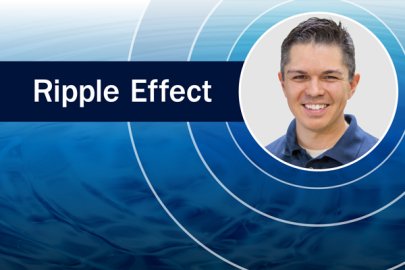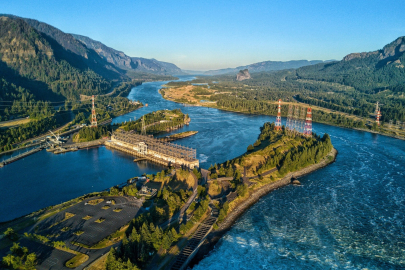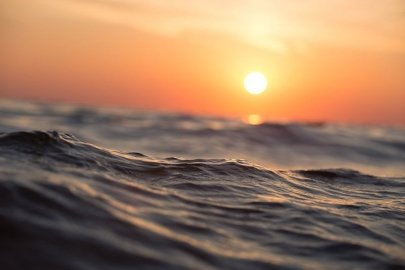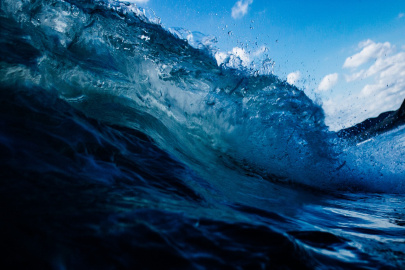Engaging with energy users is critical to ensure a community’s specific goals are understood and achieved. End-user needs guide the planning for technology development and integration into existing systems.
Energy Technology Innovation Partnership Project
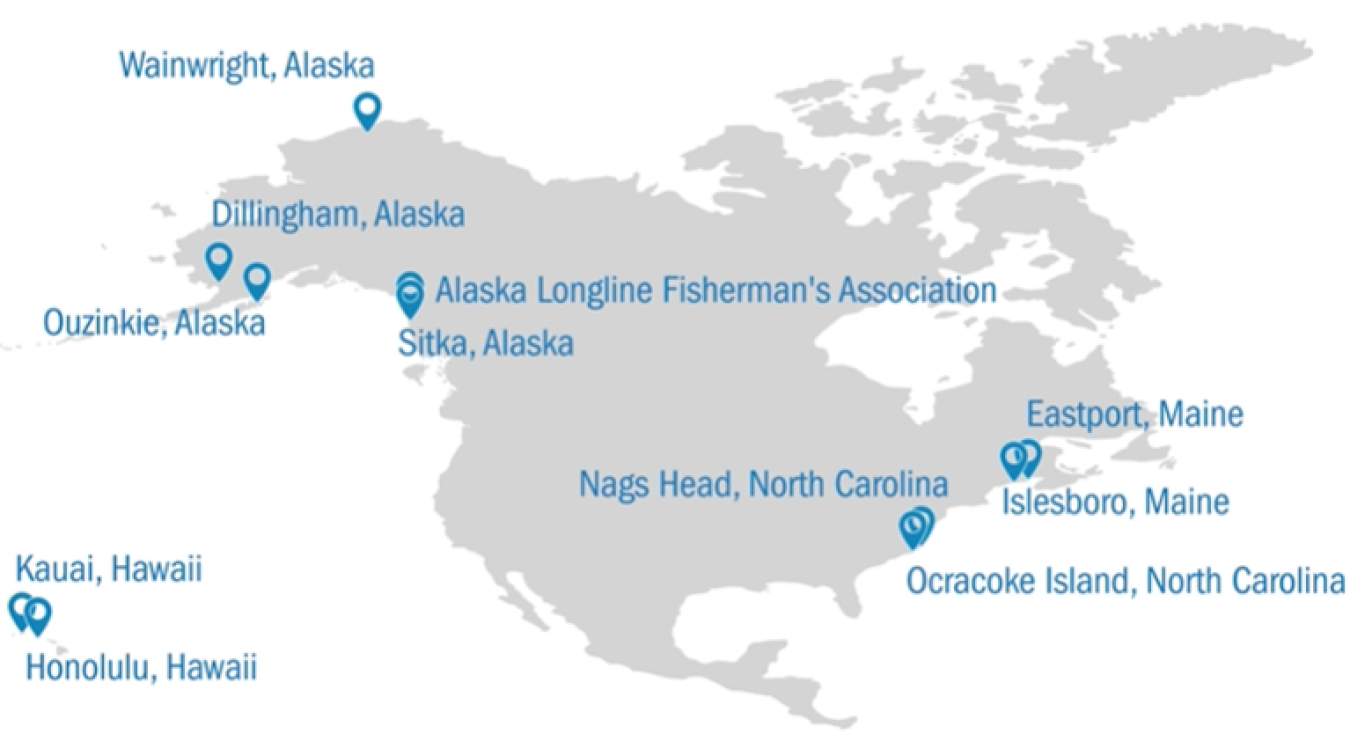
Launched in 2020, the Energy Technology Innovation Partnership Project is an example of how WPTO engages with communities, in collaboration with other DOE offices, national laboratories, and regional stakeholder partners. This program will provide remote, coastal, and island communities in the United States with technical resources and on-the-ground support to plan for resilient energy systems and reduce risks of disruption. The planning will combine expertise from communities, regional partners, and DOE national laboratories, and could include evaluating the role of marine energy in future energy and water systems of these communities.
RivGen
WPTO has also helped fund a water power project in the remote Igiugig Village in southwestern Alaska, whose population of 70 relies on a diesel-powered microgrid. In the summer of 2019, Ocean Renewable Power Corporation installed a turbine system called RivGen in the Kvichak River with the help of fishing boats. This device was tested for a year to confirm its compatibility with winter conditions and migrating salmon. The device was redeployed in 2020, and the village’s next steps are to develop a smart microgrid system with multiple renewable energy sources and energy storage. This project aims to contribute to the village’s goals of reducing dependency on costly diesel without causing significant harm to salmon populations. It also aims to tackle challenges in early-stage marine energy research that could help other remote communities gain access to renewable power.
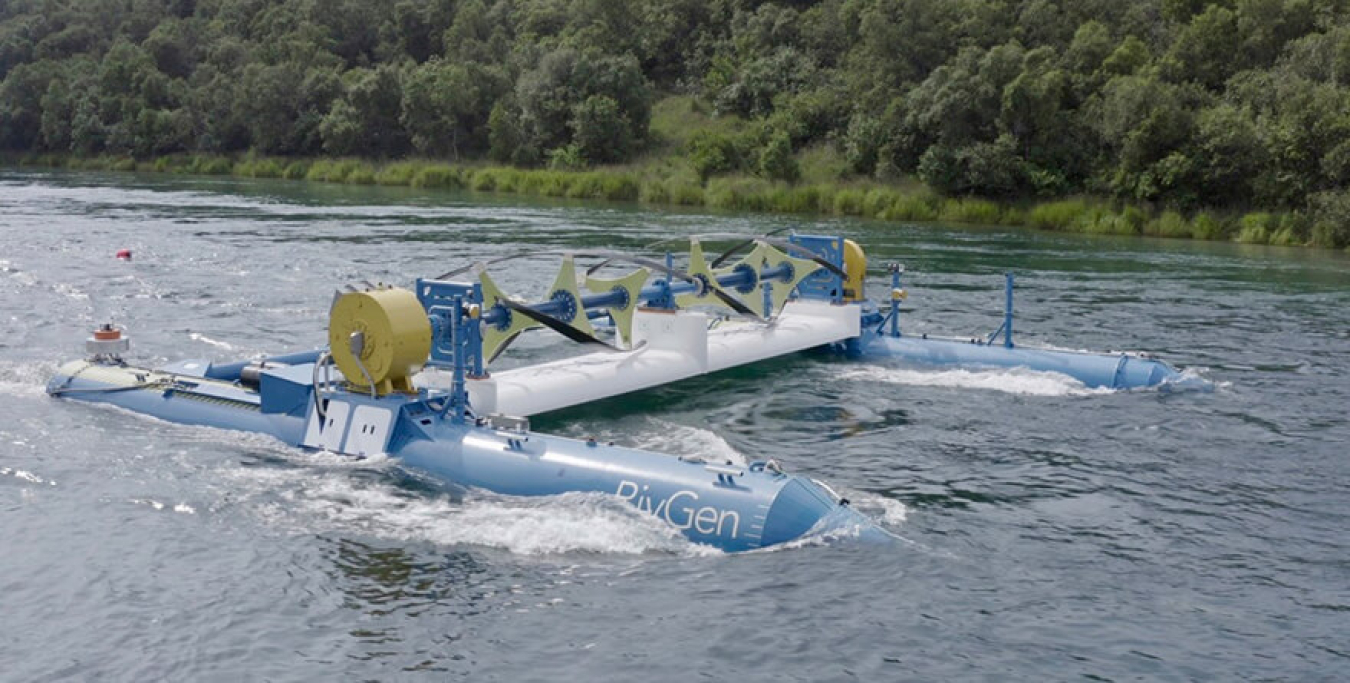
Powering the Blue Economy News & Publications
WPTO's Marine Energy e-newsletter shares news and updates on tools, analysis, and emerging technologies to advance marine energy.
WPTO's e-newsletter brings hydropower and marine energy funding opportunities, events, publications, & activities directly to your inbox.



